|
Cyber this, cyber that! The term (cyber) is derived from "cybernetic," which comes from the Greek word κυβερνητικός meaning skilled in steering or governing. You will commonly see it used as a prefix in words (with or without a hyphen) such as cyber-space, cyber-crime, cyber attack, cyber-bullying, and cyber-terrorism. Not all "cyber-things" have negative connotations as the list above seems to insinuate, just look at all the joy the newfound cyber-holiday of "Cyber Monday" brings! A recent term of the "internet era," cyber is commonly used to describe policies and politics regarding computer systems and networks, as well as the greater information technology industry. Why there is even a term cyber-delic, a fusion between cultures of today (cyber-culture) and yesteryear (psychedelic). I was particularly interested in the official definition of cyber-space and found the following, (online of course): Cyberspace is the essence of interconnected technology. The term entered the popular culture from science fiction and the arts but is now used by technology strategists, security professionals, government, military and industry leaders and entrepreneurs to describe the domain of the global technology environment. Others consider cyberspace to be just a notional environment in which communication over computer networks occurs. The word became popular in the 1990s when the uses of the Internet, networking, and digital communication were all growing dramatically and the term "cyberspace" was able to represent the many new ideas and phenomena that were emerging. 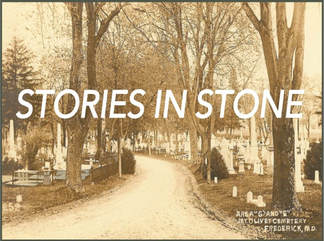 Mount Olivet was a latecomer to the foray of cyberspace. We created our first business website in 2007. Five years later, the cemetery created a FaceBook page. Things were quite pedestrian at first—as few expect cutting edge content and graphic design from an historic cemetery web-page? Anyway, two years ago, in November, 2016, we revamped our website and started production of an internet-based blog entitled “Stories in Stone.” I guess you could call it our first step into "cyber-preservation." Weekly features are stored in cyberspace on the Mount Olivet website, while new features are promoted through the cemetery's Facebook page. Thanks to the internet, we have the ability to reach readers throughout the world. This novelty has allowed audience members to "reach" back as well, sharing with us stories, pictures and information about loved ones, ancestors and interesting people buried here in Frederick's Mount Olivet Cemetery. 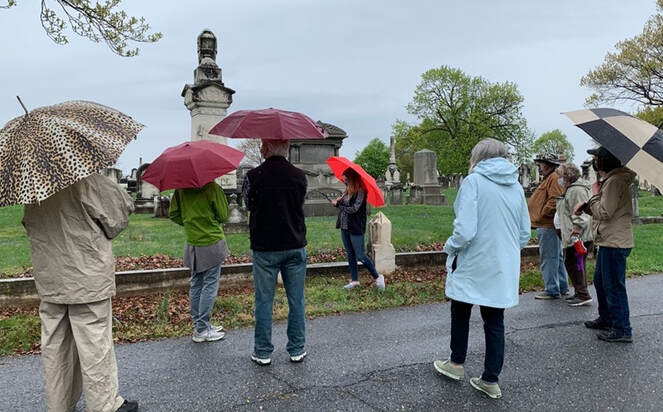 For neophytes to our particular cyber-offerings, the "Stories in Stone" brand refers to illustrated essays about former Frederick residents buried within Mount Olivet’s gates. Yes, some of these individuals stand out for their unique achievements on local, state and national levels such as Francis Scott Key, Barbara Fritchie and Thomas Johnson, Jr. Others can be remembered for their misfortunes. All in all, most of those “resting in peace” here just lived simple, ordinary lives, and our written online pieces all end the same, with the main subject dying. I've generally been able to find a "silver lining" of some sort to highlight and mesh individuals and their lives with the context of Frederick, Maryland's rich heritage. Best of all, I have the opportunity to introduce (or reintroduce) these folks to our readers. Some may find these stories immediately after initial publishing, and countless others stumble upon them weeks, months, years later while conducting Google and Yahoo searches during family history research. This will continue to happen for years to come, something that makes the research and publishing task involved well worth the effort. This is true history preservation using cyber-tools and cyber technology to do —"cyber-preservation." "Old School" GPS With 40,000 former residents in our midst, roughly the same population as our state capital of Annapolis, I do pass countless grave sites without a thought, as their names are nothing more than “names in stone.” However, as I have found, they are much more than that. Grave markers, monuments, and tombstones are tributes to, and representations of, past lives. Each provides a tangible connection to the deceased. From a religious perspective, I’ve been taught that the spirit of our loved ones will always be with us, and are “watching from above.” However, these works in granite and marble are tangible, standing as a tribute to a life once lived, be it spectacular, tragic or common. Gravestones can bring a sense of reality and closure for some people. For others, they serve to keep the memory of that person eternal. These "stones" stand proof that a life was once lived, and associate it with a tangible geographical location within a large cemetery or memorial park, church graveyard or family burial ground on an ancestral farm or plantation. This is a lasting footprint. 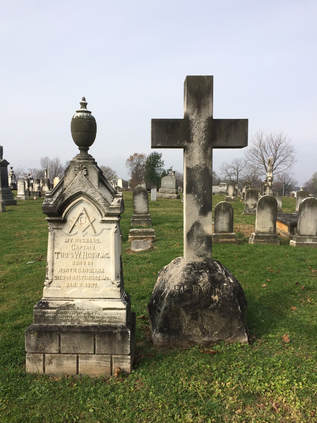 Speaking of cyberspace and the internet, another innovation most of us take for granted is GPS, which is an acronym for the Global Positioning System. With help from a trusty Earth globe, we were taught the concept of longitude and latitude lines in grade school. Like many, I was fortunate enough to have a personal globe at home as well, kept on proud display on a shelf in my bedroom. To find a country anywhere in the world, one could first consult something called an encyclopedia, which would describe said country and gave coordinates allowing you to find the location on the globe or a World map. I credit my success in finding many specific locations thanks to hours spent mastering longitude and latitude while playing the Hasbro Battleship game with my brothers, but I digress. Today, globes and handheld maps are disappearing. Compasses were once the "smartphone" of their day for explorers and travelers, alike. Life in the cyber-world is made so much easier thanks to GPS. This space-based, radio-navigation system (owned by the US Government) can show the exact position of a person or thing using signals from satellites in space. The smartphone or car-based navigation/tracking devices utilize GPS technology and tell us where to go and how to get there. They also can tell us where we've been, and can get us back home or to familiar surroundings. This may be a stretch, but I see a great analogy here to cemeteries, and gravestones. Its almost as if we have "old school" GPS here in our midst. Grave sites and respective monuments, markers and plaques denote the people of our past. They are a part of us, good, bad or indifferent, and we can find our biologic, social and cultural markers in them. They are permanently anchored so to speak, and wherever future generations may roam on the globe, their gravesite coordinates remain steadfast and unwavering. Each and every day, I see individuals coming to Mount Olivet to plan and purchase monuments for themselves and loved ones who have passed. Some designs are playful, others are serious. Most can best be described as traditional. I also see people decorating and cleaning grave stones, especially this time of year. For a modest fee, we are happy to professionally clean monuments with non-evasive techniques. We are now in a position to embark on making high quality repairs and restoration efforts to vintage stones on our grounds. One month ago, it felt like Christmas in October as we hosted talented craftsmen and trainees associated with the Preservation Trades Network for a two-day session on gravestone restoration and preservation. This was part of the 22nd annual International Preservation Trades Workshop held here in Frederick in late October. Some of the best of the best grave monument-oriented craftspeople were on-hand here at the cemetery and taught the class through doing. Roughly 50 gravestones and monuments were the recipients of cleaning and delicate repair work. Most of the damage to these stones was simply the result of old age and weathering.  The Power of the Internet For as much sadness that I witness firsthand in my job, I see an equal amount of joyful remembrance for those who have passed. I also see family historians (from both the professional and amateur ranks) reveling in discoveries made through ancestral pilgrimages. Those "familial GPS coordinates" littering our grounds led them here to learn or experience more about their past, and themselves. I know genealogy is not for the faint of heart, but the cyber-innovations of Ancestry.com, FamilySearch.com, Fold3, Newspapers.com and FindaGrave.com have been godsends, allowing ease in time and effort in finding pertinent resources. The latter of the sites mentioned certainly drives my point home, as you can make a "virtual" visit to a gravestone in a cemetery anywhere in the world as long as its been documented by a FindaGrave volunteer. Here one can gaze upon the final resting place and stone of a long-lost ancestor. In some cases, you may also find exact GPS coordinates for headstones to boot. Last year we launched a companion "sister-website" entitled www.MountOlivetVets.com. This website has a similar mission to FindaGrave.com and is designed to contain memorial pages for the over 4,000 military veterans buried at Mount Olivet. Here you will find pictures of grave monuments and military-issued stones/markers and obituaries along with vital, personal and military record information. In some cases, we feature photographs of the deceased which allows users to put a face with a name, and so much more—a life. We just finished a first year phase of creating pages for 500 World War I vets. The site as a whole can best be described as "a work in progress," and will continually be added to. We humbly ask for the assistance of descendants, historians and friends to provide us with photographs and/or additional information of note. We also want to link to other sources of information regarding our vets, and the training and battles they participated in. The internet will continue to dictate the success and strength of this information resource for not only users, but us here at the cemetery as it additional info, scans of pictures and documents can do nothing but add to our preservation of the history of those buried here. Important for those family historians, Tombstone Tourists and heritage travelers of the future without a doubt. Some people go into cemeteries and simply see names and dates chiseled in stone. Many of us see much, much more. I continue to learn more about the lives of Mount Olivet’s residents through studying grave stones, researching our blog, collecting images and documenting stories told to me by visiting descendants (regarding their relatives). Our goal is to continue sharing this with you the reader and future generations. 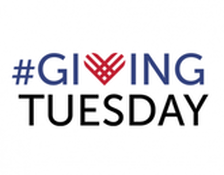 Our Cyber-future In years to come, we hope to have have more online information about those buried here. At present, the best source is FindaGrave since our current cemetery data system isn't easily compatible with an online interface. We also hope one day to have GPS coordinates for all grave monuments so visitors can actually be led to grave sites by their smartphones, where they will have the opportunity to connect to database information which could include obituaries, photographs and even video of the decedents. I envision a Cyber Monday in the future in which customers may be able to engage in online "pre-planning," choosing their lots and niches, and designing monuments and plaques. Of course, the day would have to include special online pricing incentives:) More importantly in this cyber-centric era, I want to mention the online opportunity that exists now for charitable donating to our Mount Olivet Preservation and Enhancement Fund (MOCPEF) on Giving Tuesday, or anytime throughout the year. A formal partnership was formed last November with the Community Foundation of Frederick County, our fiduciary overseer for the fund. Many people are well aware of Giving Tuesday, also stylized as #Giving Tuesday for internet social networking purposes. This event, occurring on the Tuesday following Thanksgiving, celebrates its 6th anniversary this week, as it began back in 2012 by the 92nd Street Y in New York City along with the United Nations Foundation. It's a “tongue in cheek” response to the post Thanksgiving commercialization of Black Friday and Cyber Monday has steadily been growing in popularity, now firmly established as an international day of giving at the beginning of the holiday season. Over $60 million was raised last year on this day. For over a decade, the Mount Olivet Board of Directors had entertained the idea of establishing a preservation-themed fund with the Community Foundation. The idea was first pitched, and championed by the late Colleen Remsberg, longtime Board member and immediate past president. Ms. Remsberg passed away last May, but not before she saw the Mount Olivet Preservation and Enhancement Fund become an IRS accredited 501(c)(3) public charity in 2017. The mission reads as follows: The mission of the Mount Olivet Cemetery Preservation and Enhancement Fund is to assist in the conservation of the natural beauty and historic integrity of Mount Olivet Cemetery and to increase public knowledge and appreciation of its unique, cultural, historic, and natural resources through charitable and educational programs. 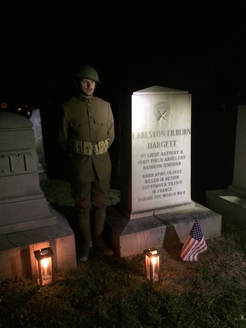 Putting this in layman’s terms, we continue taking steps to preserve the history of this great “garden cemetery,” a community institution since the 1850’s. In doing so, we want to safeguard the cemetery’s historic records, structures and grave monuments herein. We have taken a bit of a head start as can be exemplified by the fore-mentioned “Stories in Stone” articles and MountOlivetvets.com website, along with public lectures and our recent World War I commemorative events held last month. In addition, we plan on launching a Friends (of Mount Olivet) group in 2019 and expand upon activities and product development including cemetery walking tours, visitor assistance with genealogy and family history, special events and anniversaries, educational partnerships such as school field trips, interpretive historic wayside displays and unique commemorative plantings. Best of all, we will have the opportunity, and more so the financial support, to clean, preserve and repair broken and illegible gravestones and monuments in the cemetery’s historic section. We appreciate any assistance you can give, be it monetary, or simply volunteering family information and photograph scans of relatives interred here. Please click the Community Foundation link below to contribute to our preservation fund, or drop me a line (via the internet or phone) here at the cemetery to learn more about how you can help preserve this amazing outdoor and virtual museum of Frederick's history.
0 Comments
Leave a Reply. |
STORIES
|
Archives
July 2024
June 2024
May 2024
April 2024
March 2024
February 2024
January 2024
December 2023
November 2023
September 2023
August 2023
July 2023
June 2023
May 2023
April 2023
March 2023
February 2023
January 2023
December 2022
November 2022
October 2022
September 2022
August 2022
July 2022
June 2022
May 2022
April 2022
March 2022
February 2022
January 2022
December 2021
November 2021
October 2021
September 2021
August 2021
July 2021
June 2021
May 2021
April 2021
March 2021
February 2021
January 2021
December 2020
November 2020
October 2020
September 2020
August 2020
July 2020
June 2020
May 2020
April 2020
March 2020
February 2020
January 2020
December 2019
November 2019
October 2019
September 2019
August 2019
July 2019
June 2019
May 2019
April 2019
March 2019
February 2019
January 2019
December 2018
November 2018
October 2018
September 2018
August 2018
July 2018
June 2018
May 2018
April 2018
March 2018
February 2018
January 2018
December 2017
November 2017
October 2017
September 2017
August 2017
July 2017
June 2017
May 2017
April 2017
March 2017
February 2017
January 2017
December 2016
November 2016
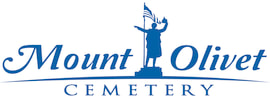
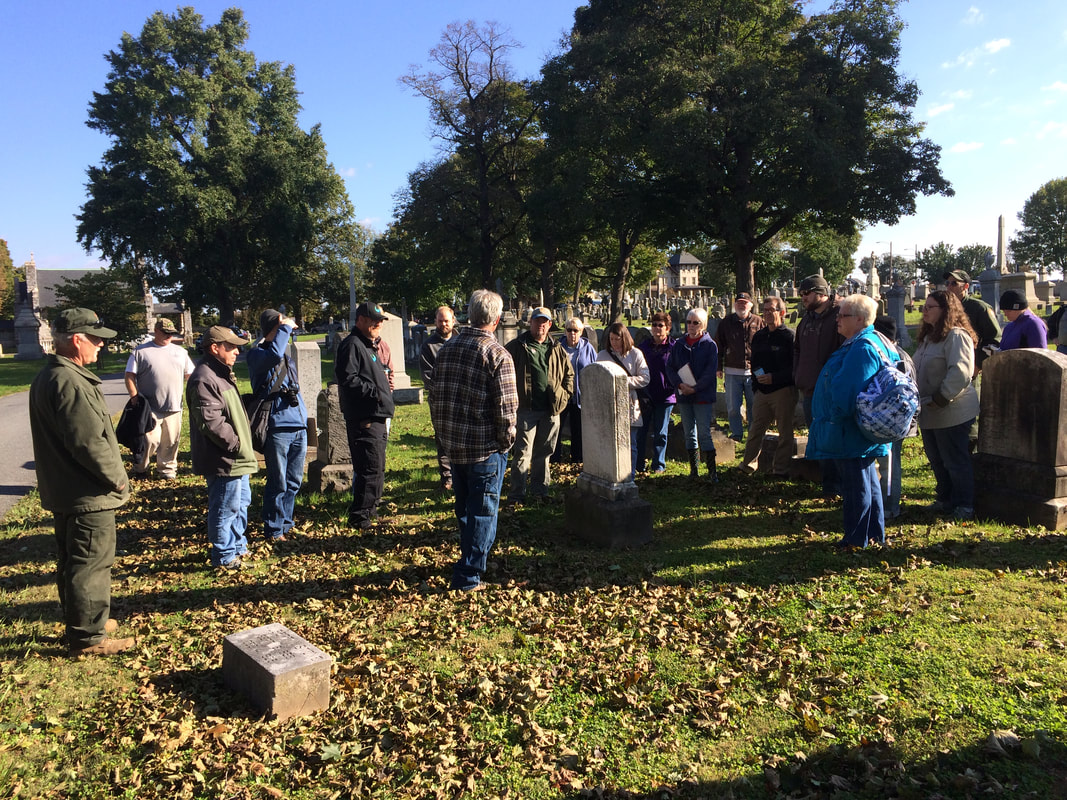
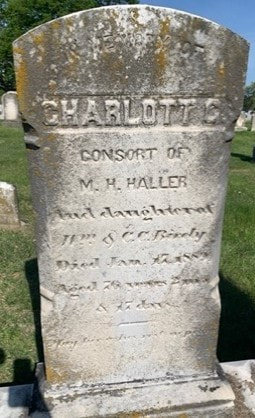

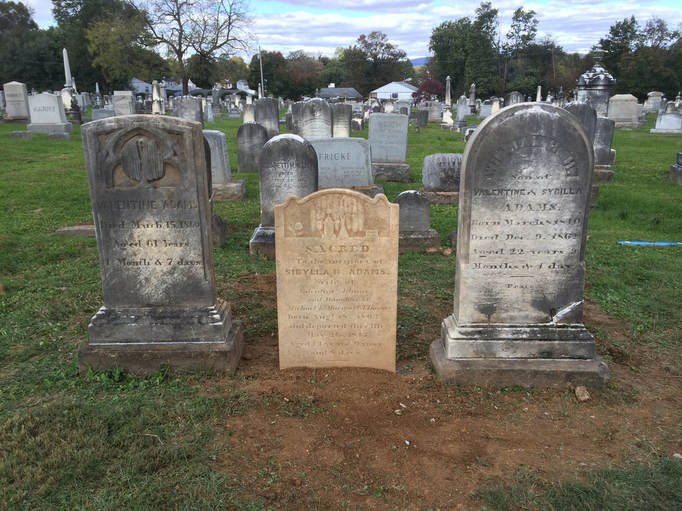
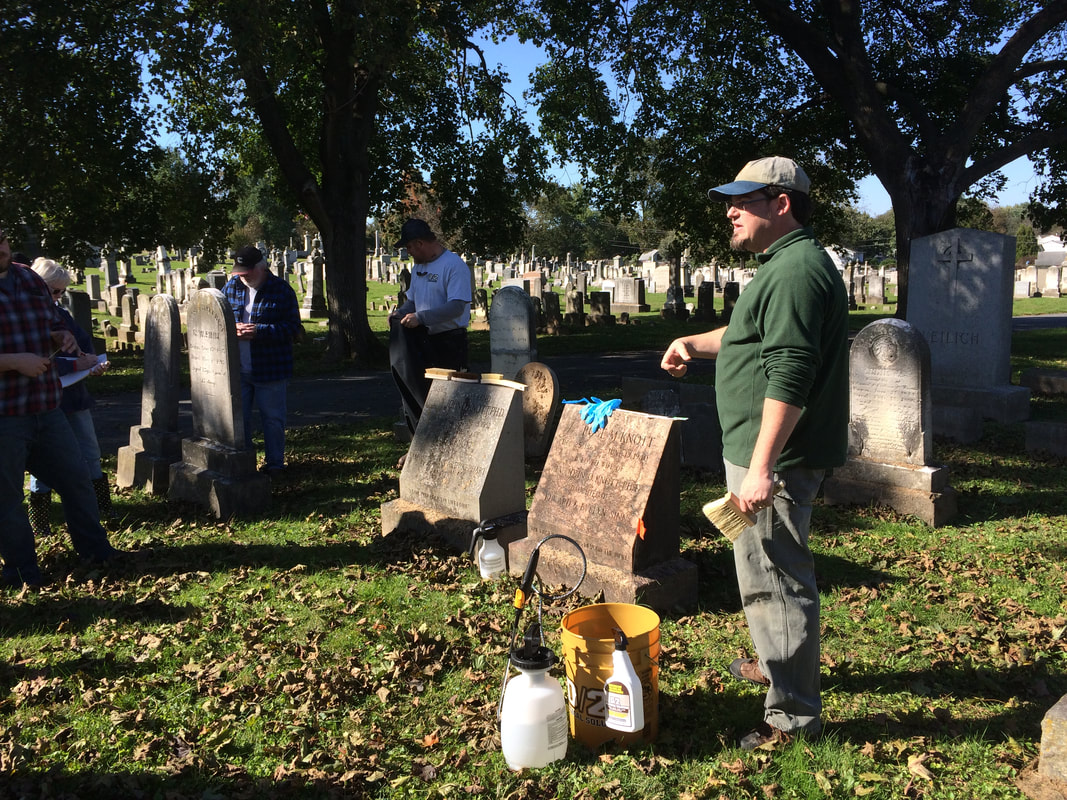
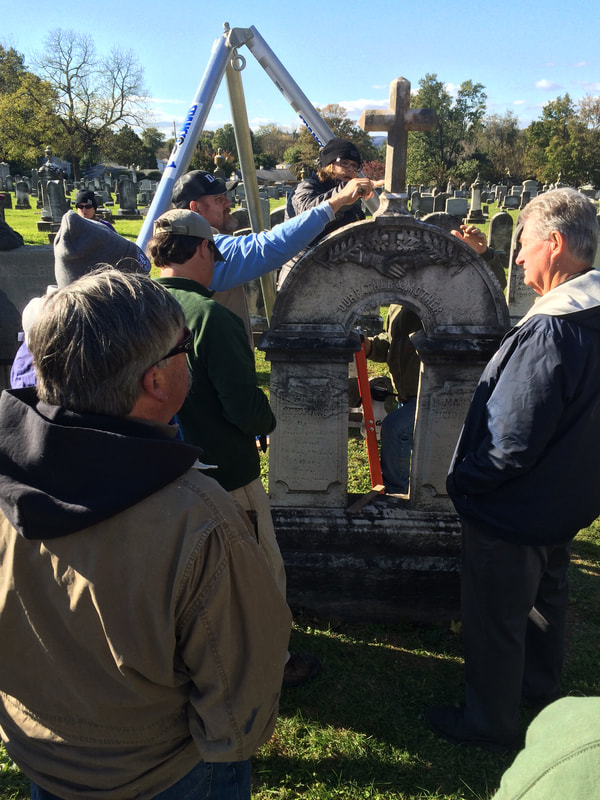
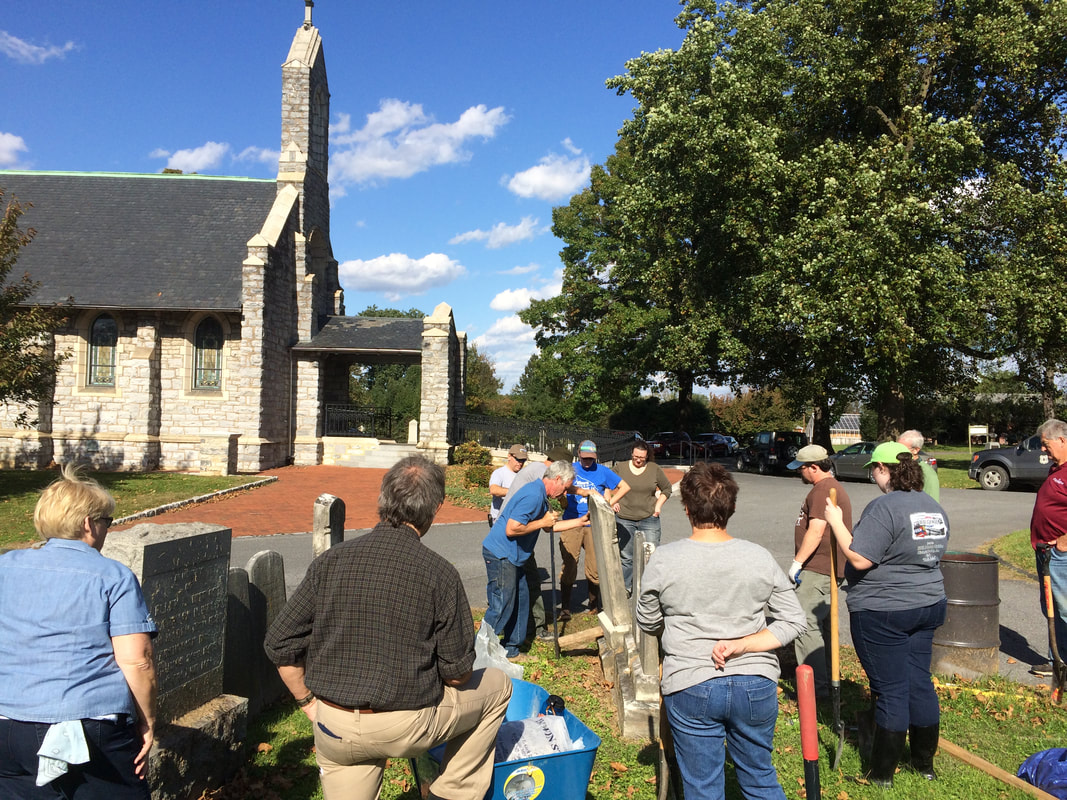
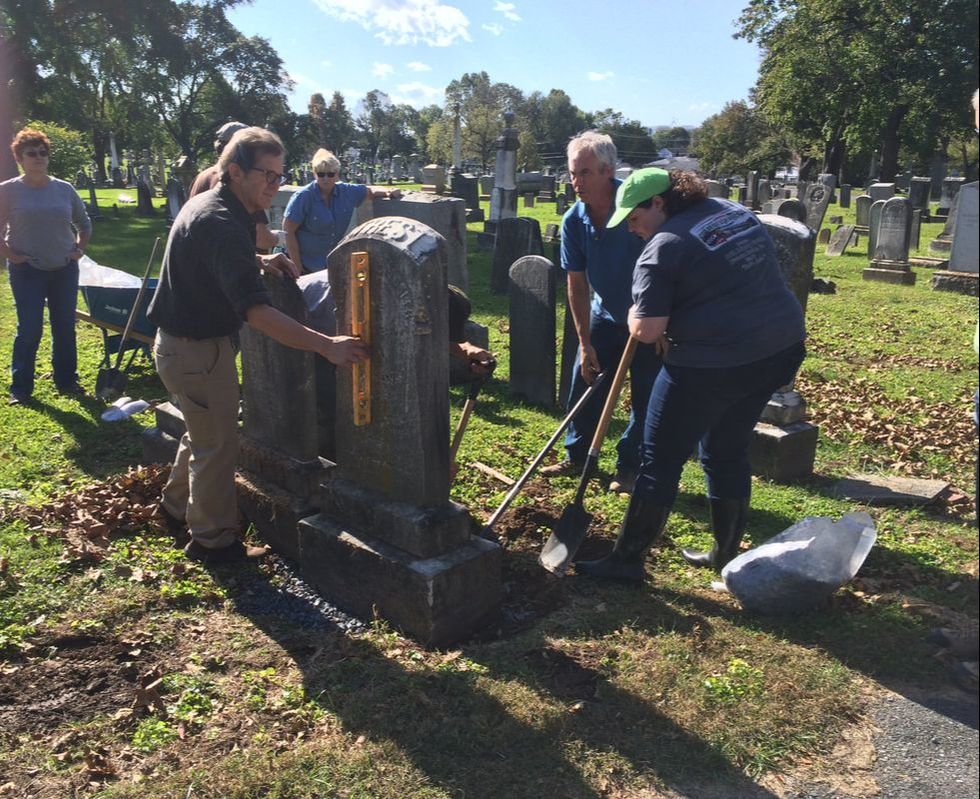
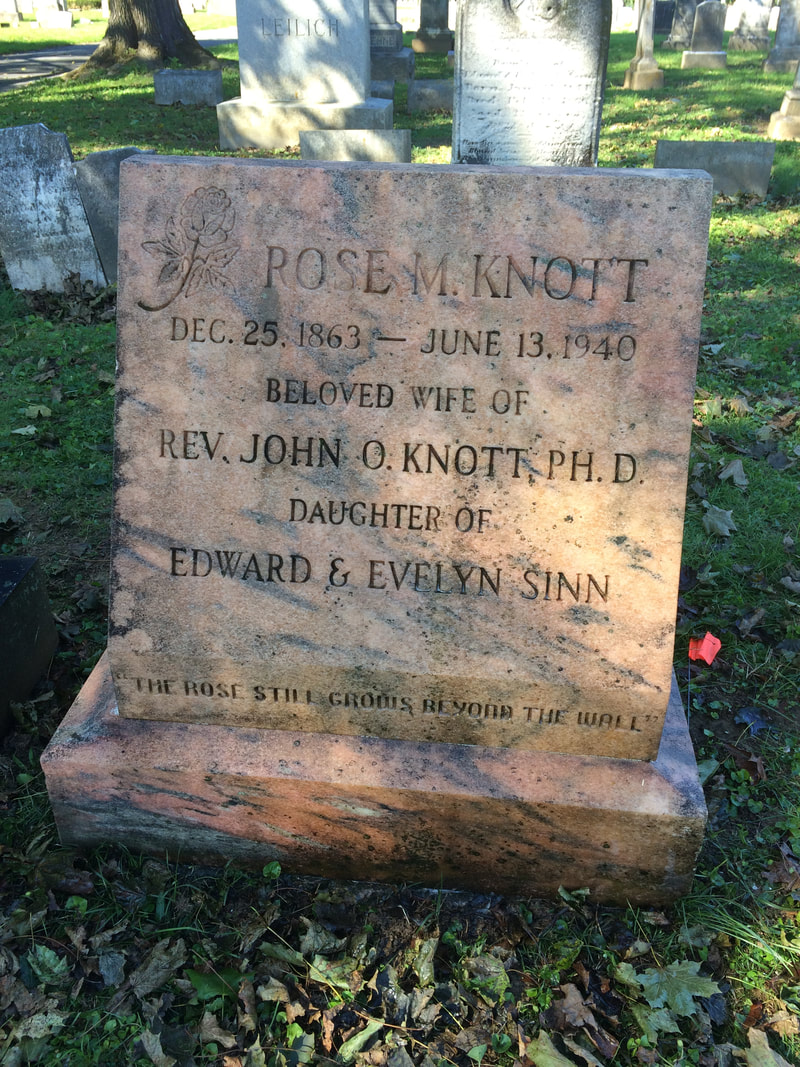
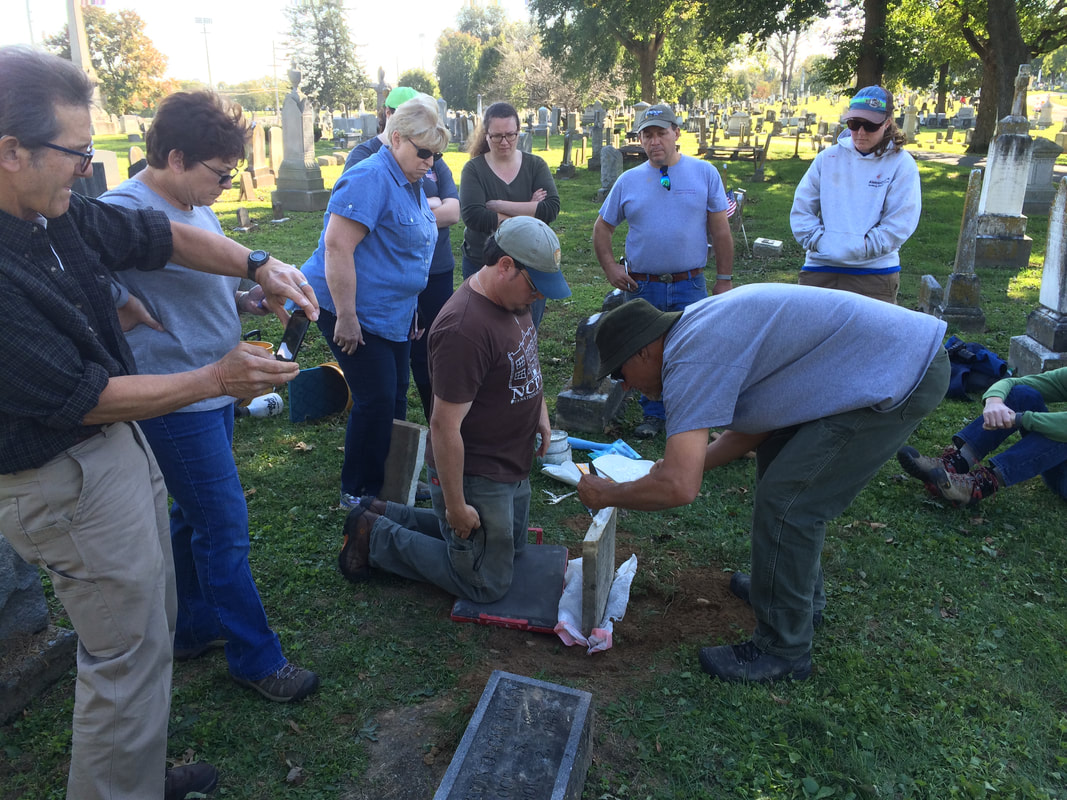
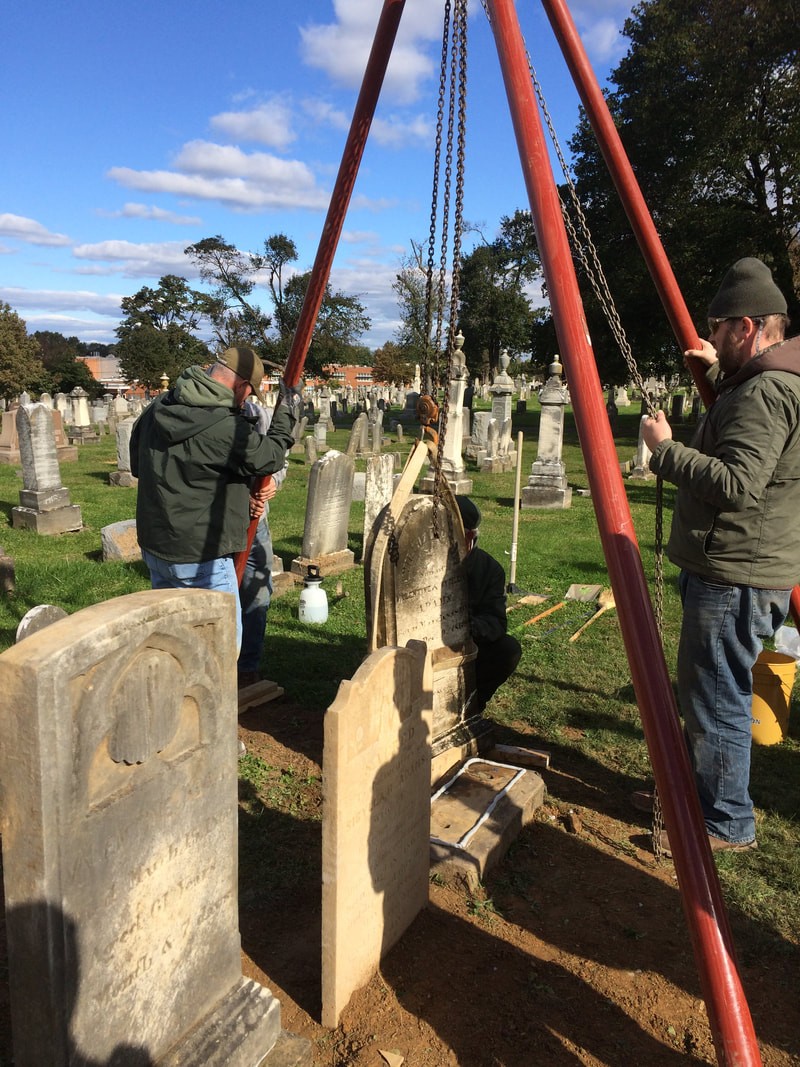
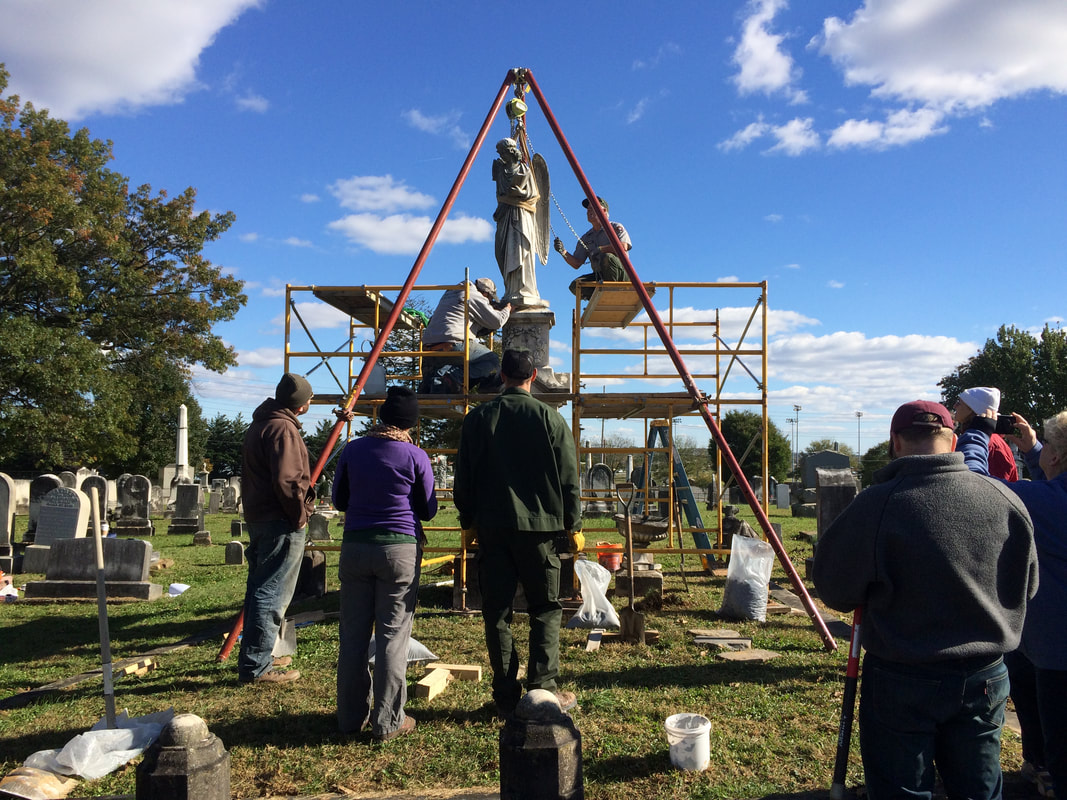
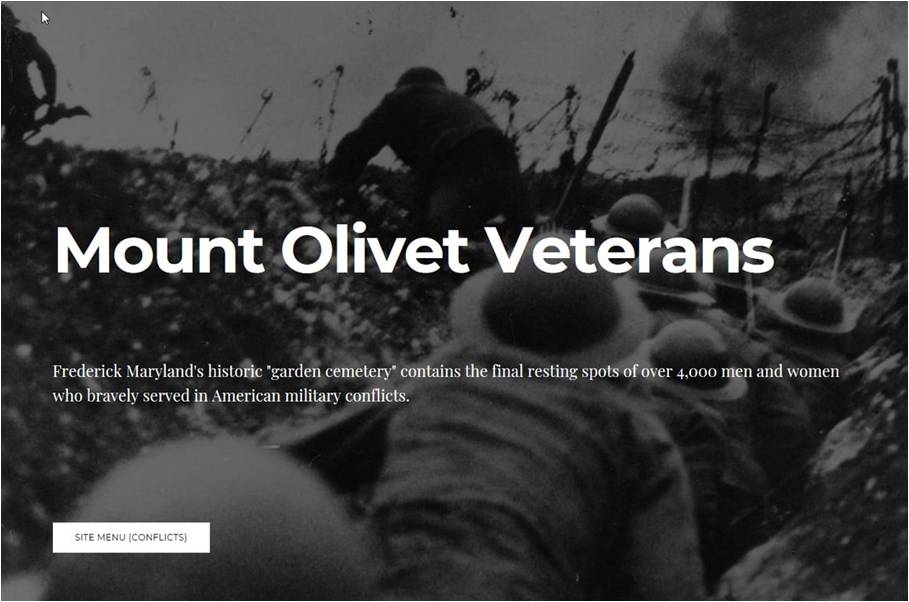
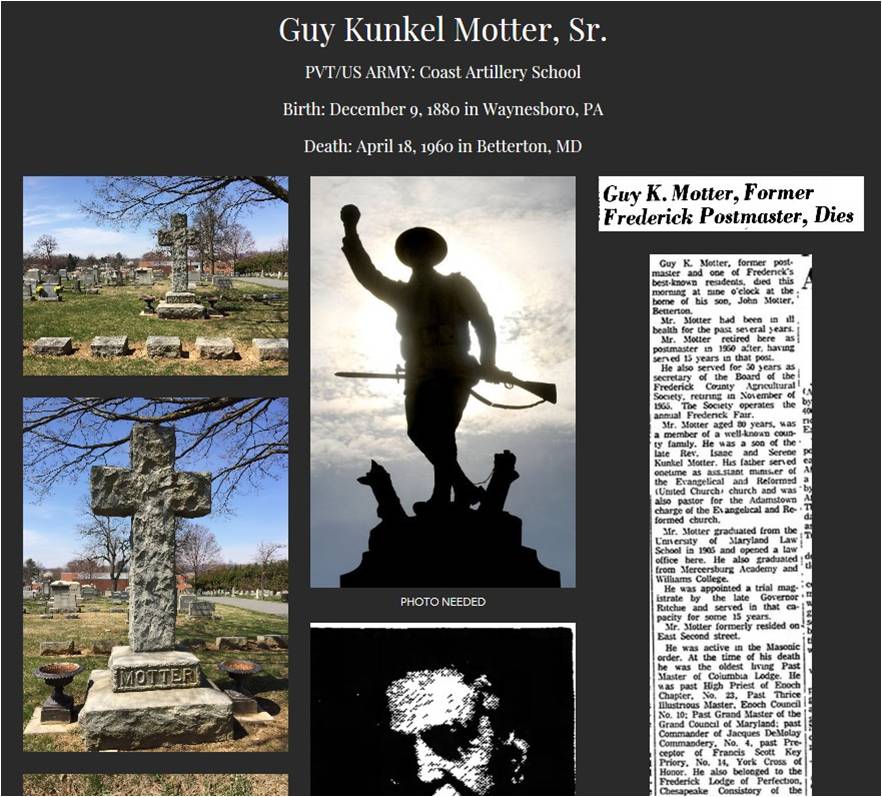
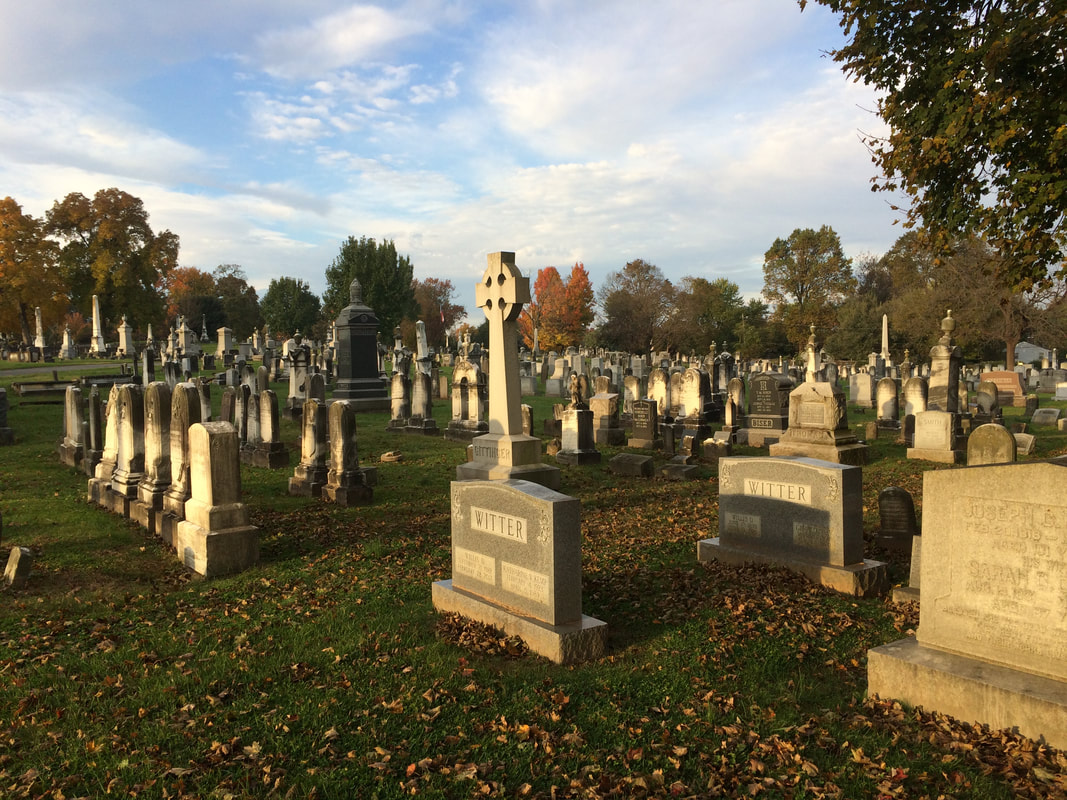

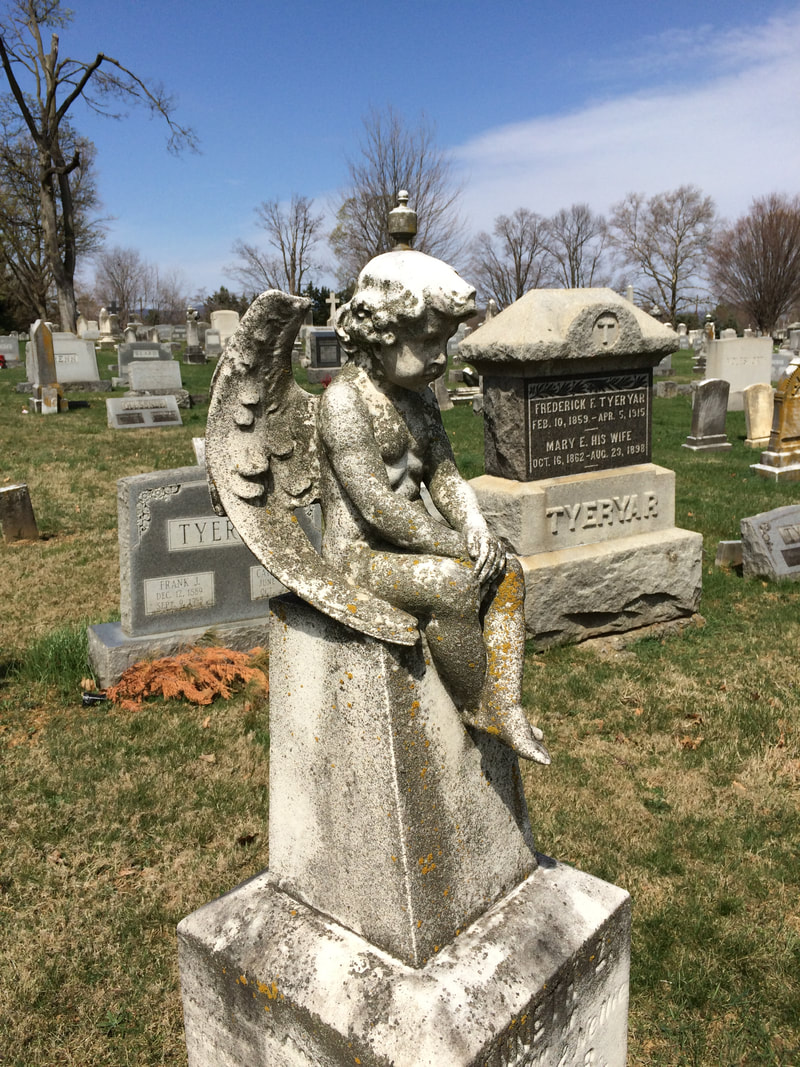
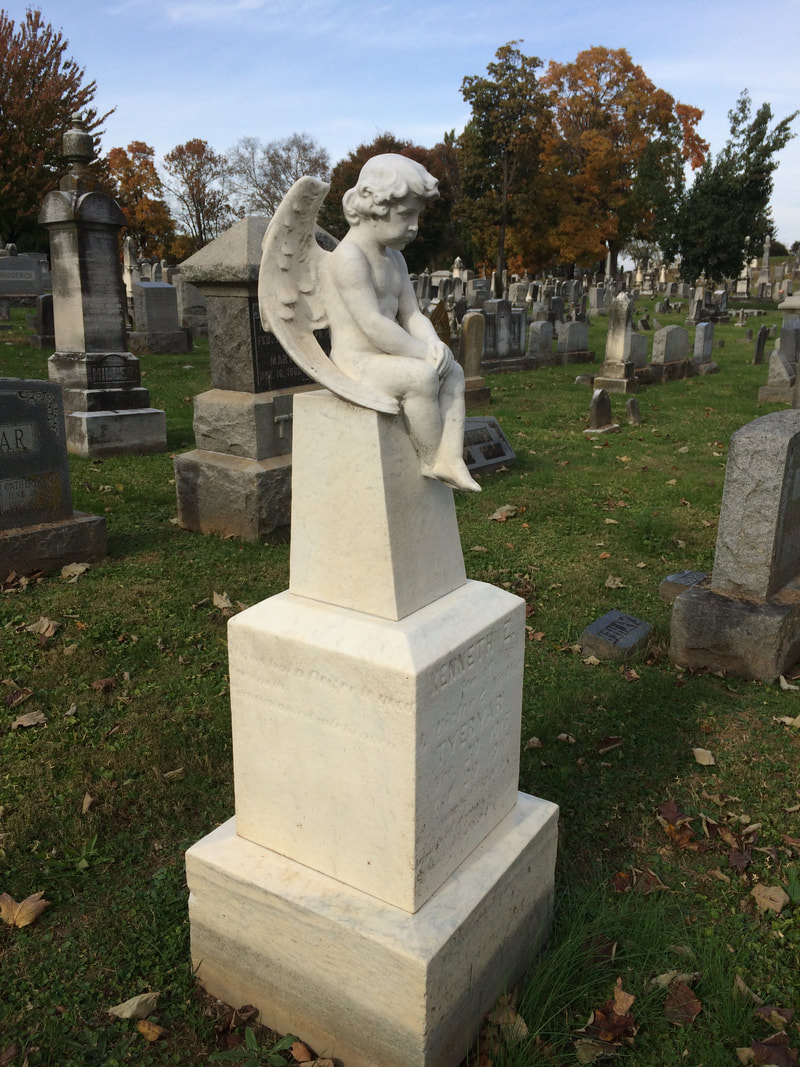
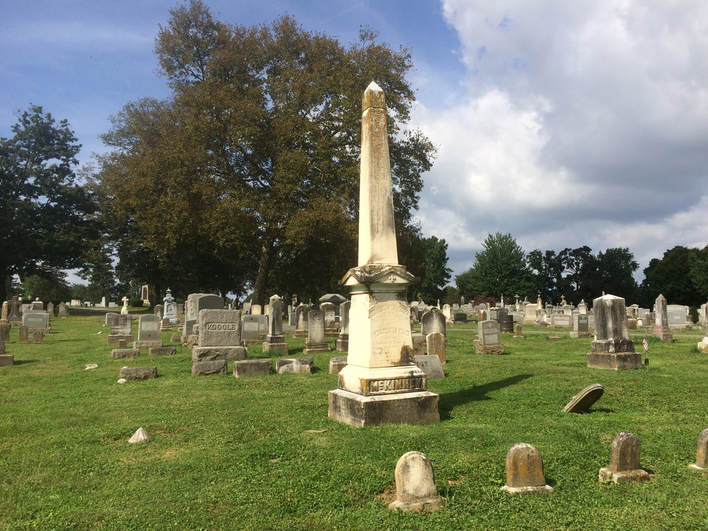
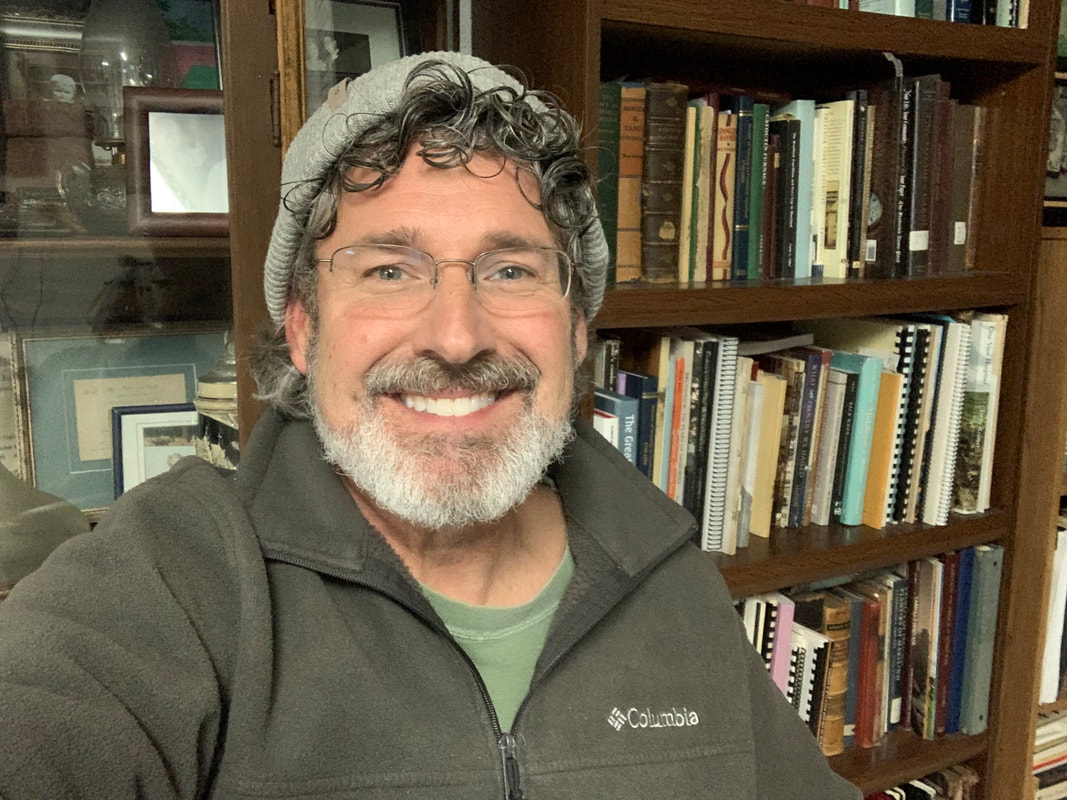
 RSS Feed
RSS Feed